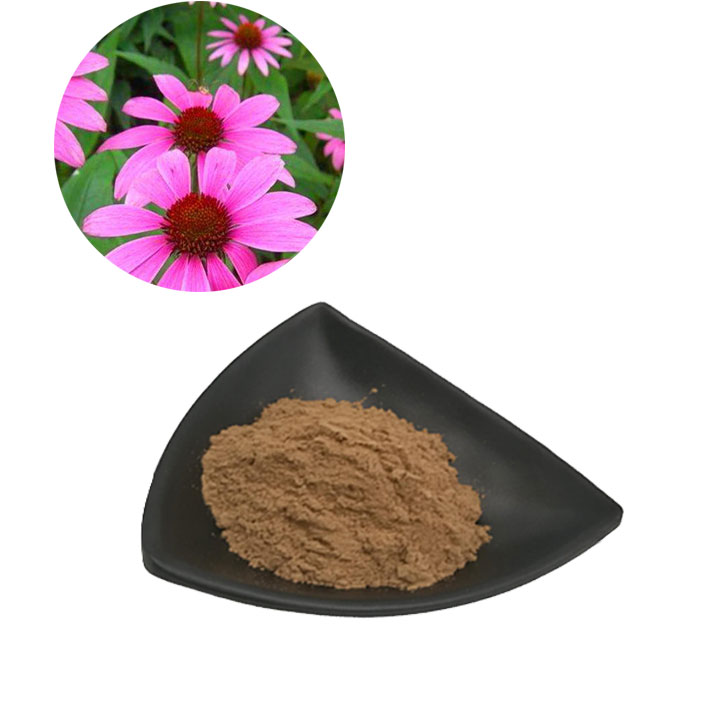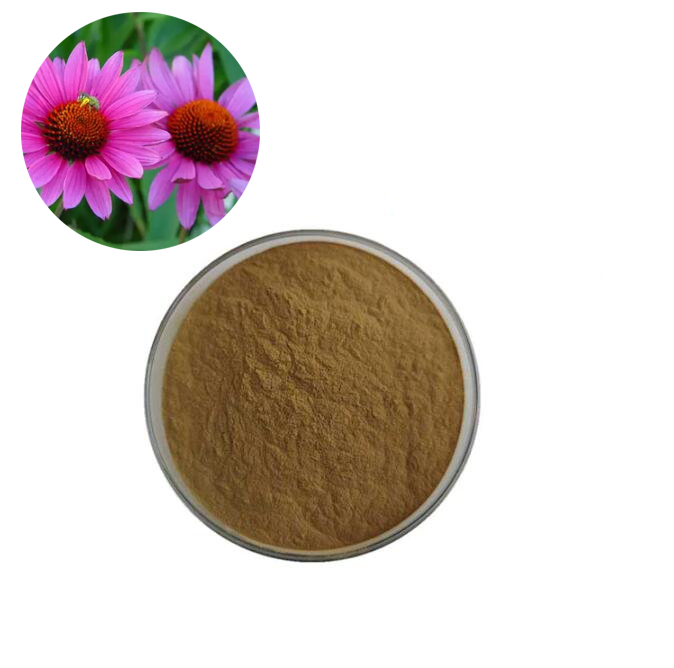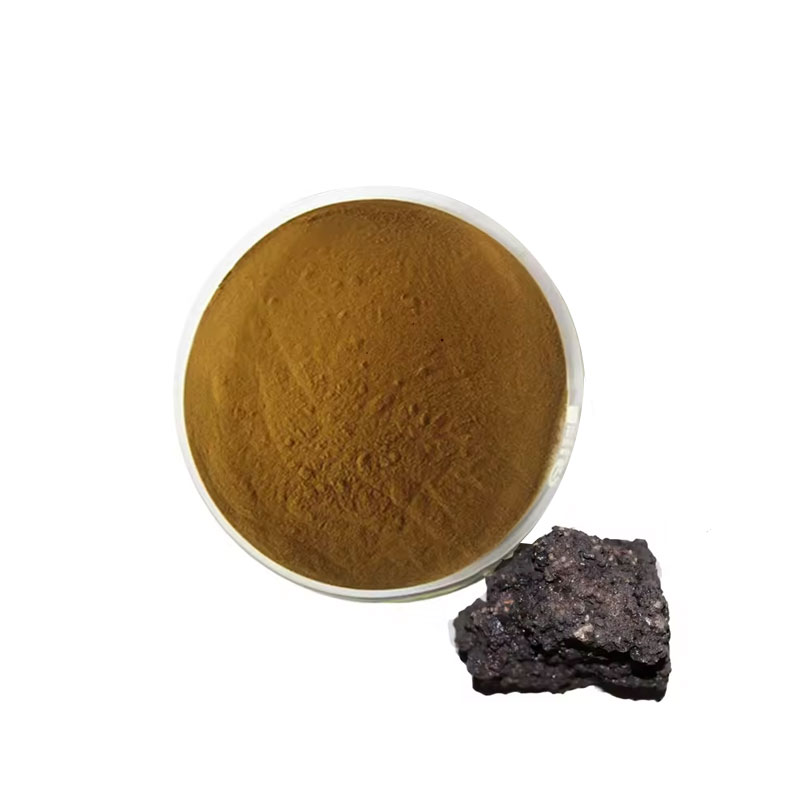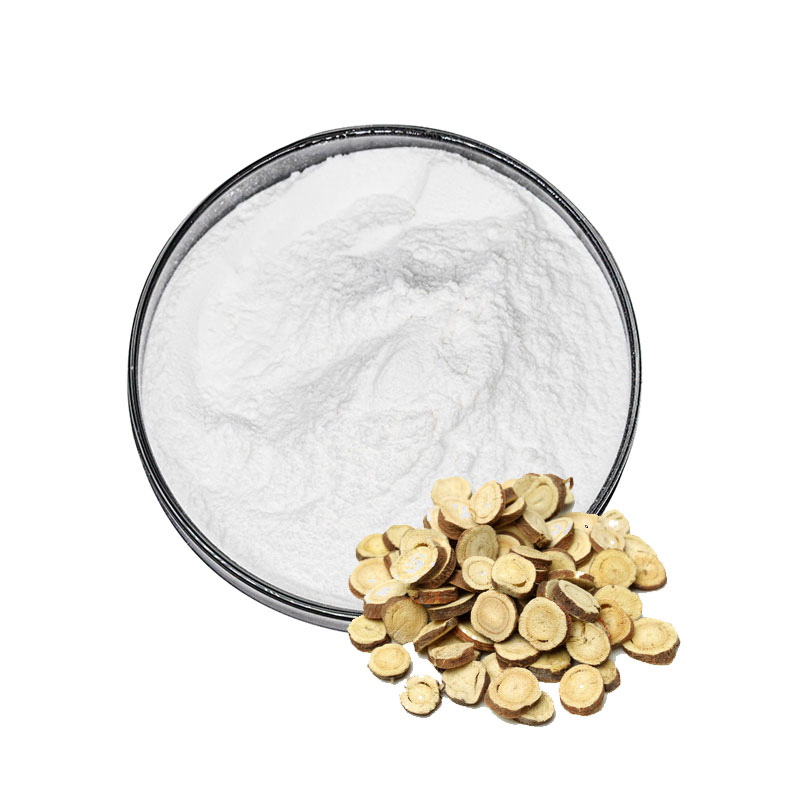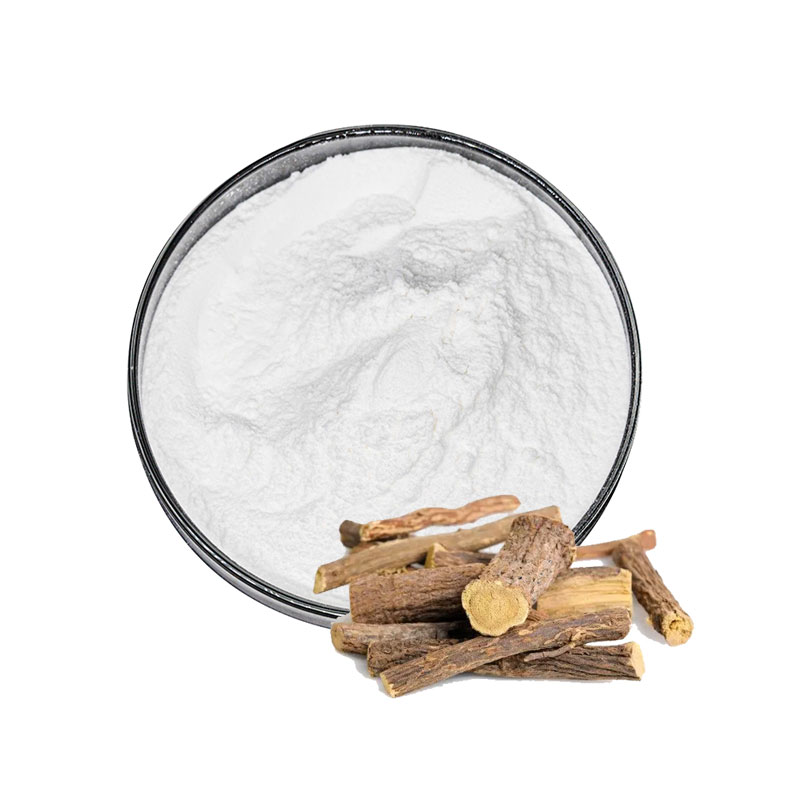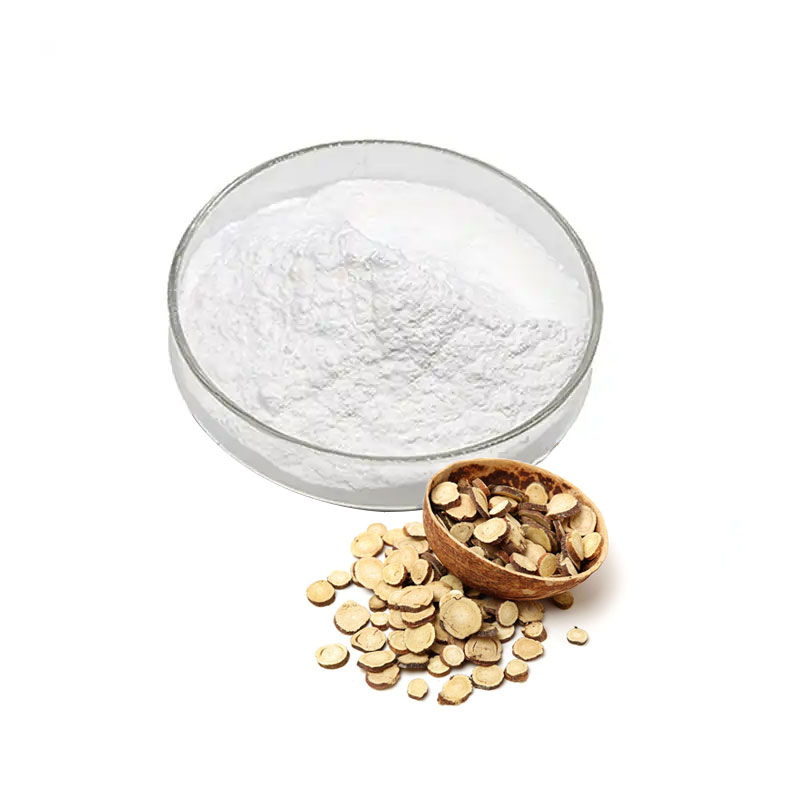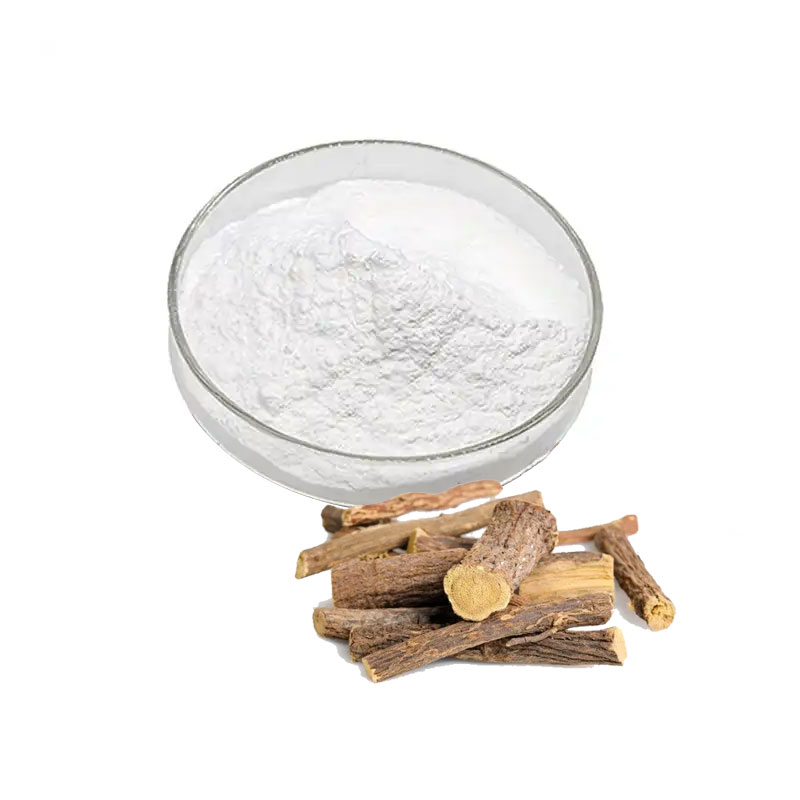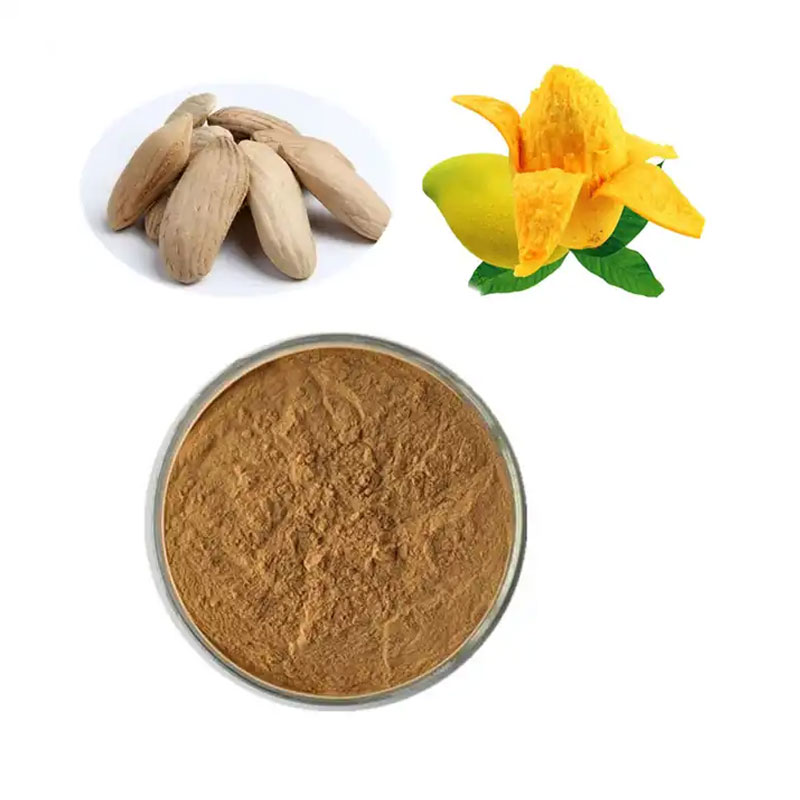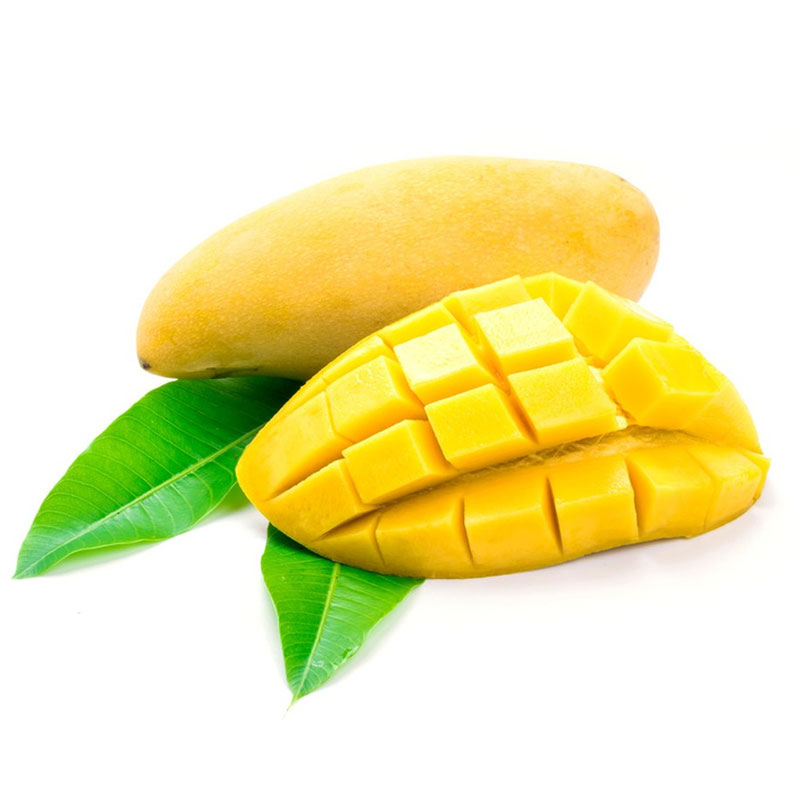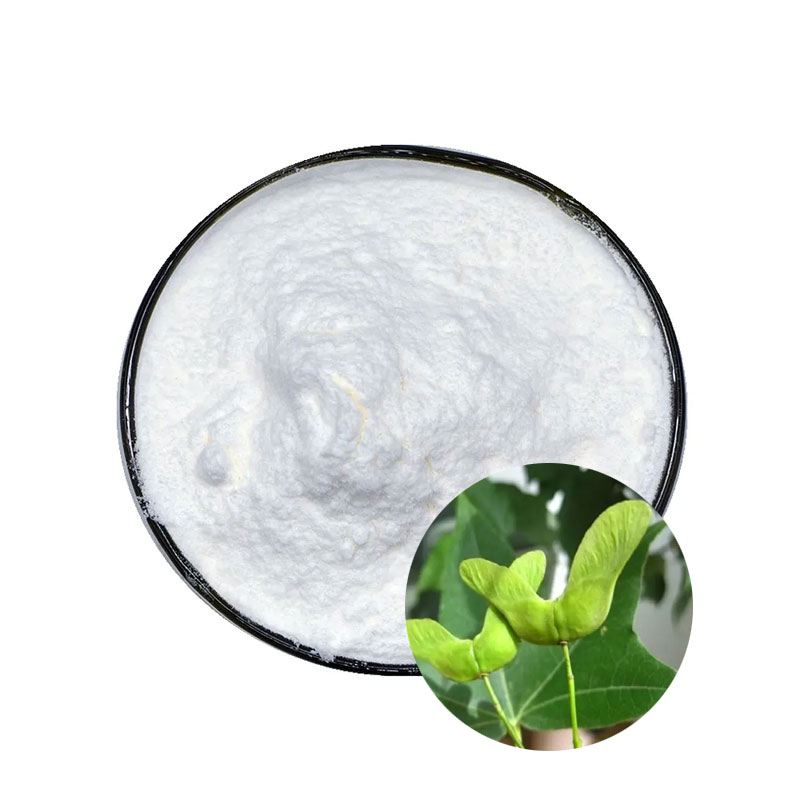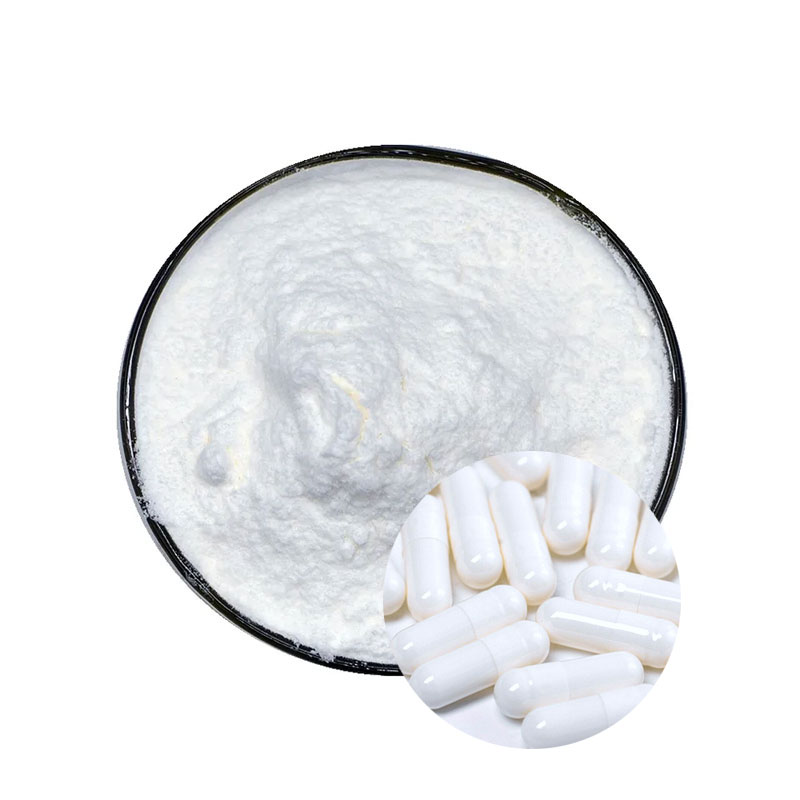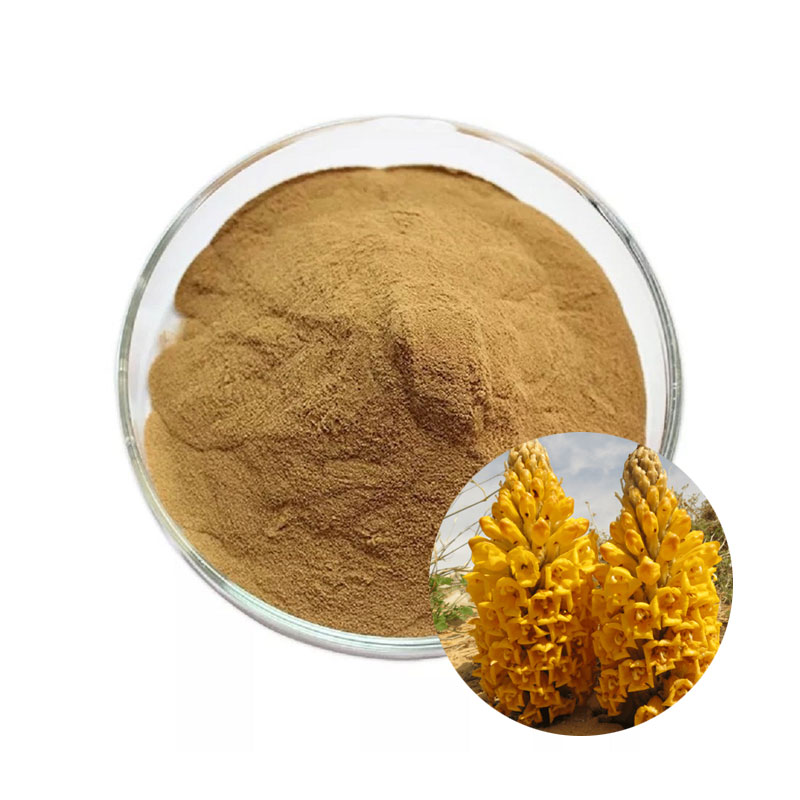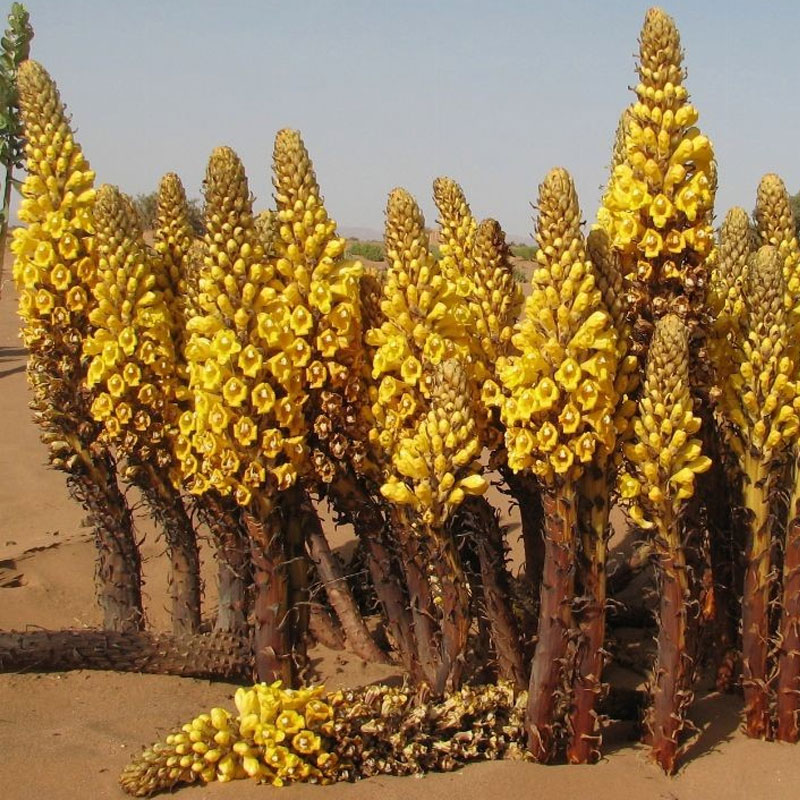Echinacea Extract
- Appearance:Brown Yellow Powder
- Size :100% Through 80 Mesh
- Test Method:HPLC&UV
- MOQ:1kg
- Sample:5-10g Sample For free
- Specification:Chicoric Acid 1% 2% 3% 4%,Polyphenol 4%
-
Echinacea Extract Product Description
Echinacea purpurea extract is a traditional herbal remedy .for the symptomatic relief of colds,influenza type infections and similar upper respiratory tract conditions.
The two main active components in Echinacea purpurea extract are polyphenols and cichoric acid.
Echinacea Extract Specification
| Product name | Echinacea Extract |
| Specification | Chicoric Acid 1% 2% 3% 4%,Polyphenol 4% |
| Active Ingredient | Chicoric Acid,Polyphenol |
| Appearance | Brown Yellow Powder |
| Certificate | Organic, HACCP, ISO, QS, Halal, Kosher |
| Particle Size | 80 Mesh |
| Sample | 5-10g Sample For free |
| Shelf time | 2 years |
| OEM/ODM | Support customization |
| Test Method | HPLC&UV |
Echinacea benefits
What does echinacea do in the body?
Today, echinacea is classified as a traditional herbal remedy by the British Herbal Medical Association (BHMA) for the relief of symptoms of the common cold as well as influenza type infections.
The immune-boosting properties of echinacea are down to the natural plant compounds polysaccharides and alkamides.6
Usages are based on traditional use only, which means that the effectiveness is not guaranteed as it’s based on anecdotal evidence over many years, rather than solid scientific research.
However, echinacea, particularly echinacea purpurea, has been the subject of research studies over the years, with promising results.
Here are the two main uses for echinacea and the evidence available to back them up.
- Common colds and flu-like illnesses
Echinacea is best known for its supposed ability to relieve colds and flu-like infections and for helping to shorten the duration of such illnesses.
A 2007 review of the available studies published in the medical journal The Lancet found that echinacea can decrease the frequency and length of the common cold.
A 2013 review found no statistically significant reduction in the number of colds but did find that taking echinacea had a preventative effect.
The fact that there was no statistically significant reduction in the number of colds over several studies could be due to the fact that different strengths and preparations were used across the studies.
Echinacea has also been shown to have an anti-inflammatory effect inside the body.
- Treatment of minor skin issues
Echinacea is thought to be potentially effective in protecting the skin from irritation and oxidative stress.
One study published in the International Journal of Cosmetic Science in 2010 found that the echinacea purpurea cream and gel were effective in improving skin hydration and reducing wrinkles.
Echinacea in the form of a cream or gel has also been used topically for soothing minor cuts, grazes and bruises.
One study found it helped reduce levels of bacteria-induced inflammation, a cause of acne.
What is echinacea extract good for?
Today, people use echinacea to shorten the duration of the common cold and flu, and reduce symptoms, such as sore throat (pharyngitis), cough, and fever. Many herbalists also recommend echinacea to help boost the immune system and help the body fight infections.
What is echinacea extract?
Widely used for their immunomodulatory properties, echinacea preparations are taken for respiratory tract infections such as colds, coughs and bronchitis. Echinacea extracts are prepared from plants belonging to the Asteraceae Family and Echinacea genus, including E. purpurea, E. angustifolia and E. pallida.
Are there any side effects to taking echinacea?
Echinacea can cause minor side effects. These can include an upset stomach, nausea, and dizziness. Serious side effects include allergic reactions such as rash, swelling, and difficulty breathing. It can also worsen asthma symptoms.
When should you not use echinacea?
Adult. For general immune system stimulation, during colds, flu, upper respiratory tract infections, or bladder infections, take echinacea 3 times a day until you feel better, but not for more than 10 days. DO NOT take echinacea on an empty stomach. Instead, take it with food or a large glass of water.
Is it OK to take echinacea every day?
For general immune system stimulation, during colds, flu, upper respiratory tract infections, or bladder infections, take echinacea 3 times a day until you feel better, but not for more than 10 days.
What are the side effects of taking echinacea?
Echinacea can cause minor side effects. These can include an upset stomach, nausea, and dizziness. Serious side effects include allergic reactions such as rash, swelling, and difficulty breathing. It can also worsen asthma symptoms.
Who should not take echinacea?
Echinacea may not be helpful if you have any of the following conditions: an autoimmune disorder (such as lupus), human immunodeficiency virus (HIV) infection, or acquired immunodeficiency syndrome (AIDS). If you are pregnant or breastfeeding you should talk with your doctor before you start taking echinacea.
Does echinacea work for Covid?
Echinacea purpurea (L.) Moench extracts have been shown to have direct antiviral efficacy against a variety of respiratory infections, including coronaviruses. This extract promotes the tonic synthesis of IFN-ϒ and inhibits the production of inflammatory cytokines such as TNF-α.
- Previous Article: Gynostemma Extract Powder
- Next Article: L-Glutathione Powder

